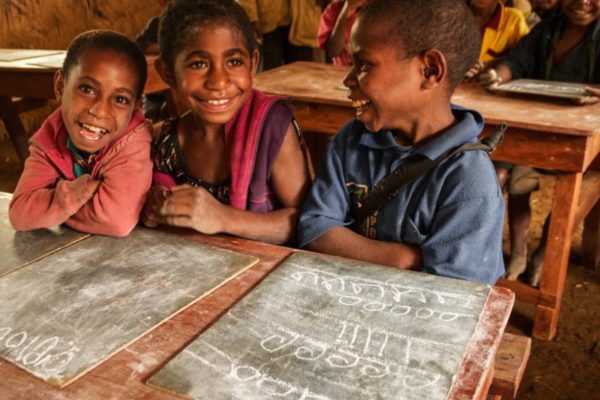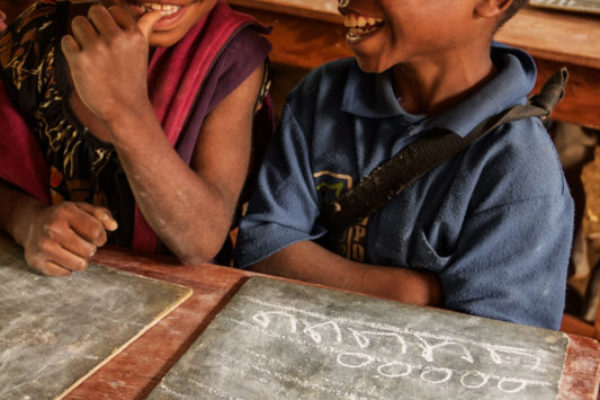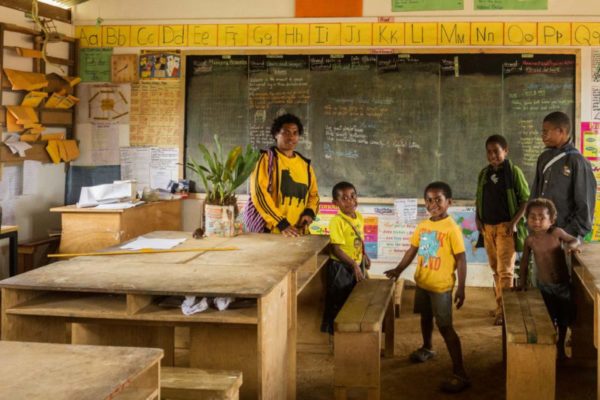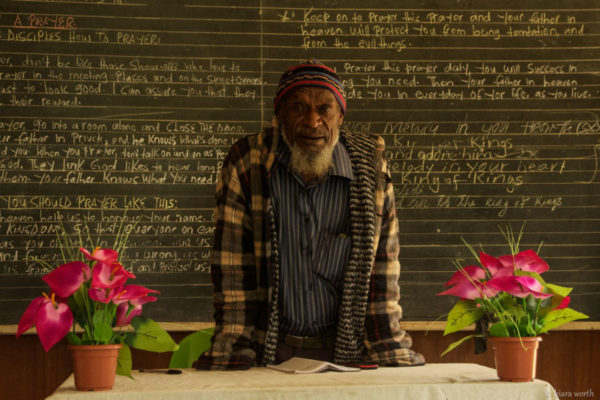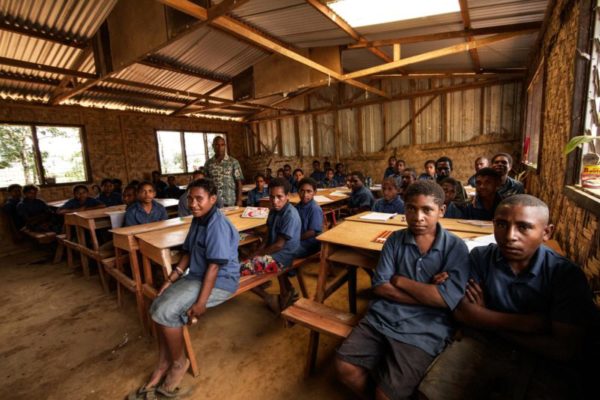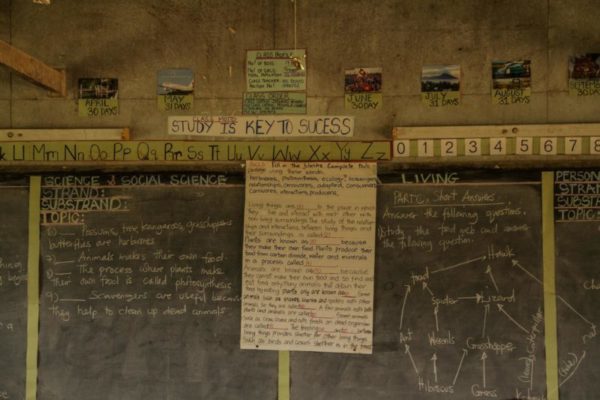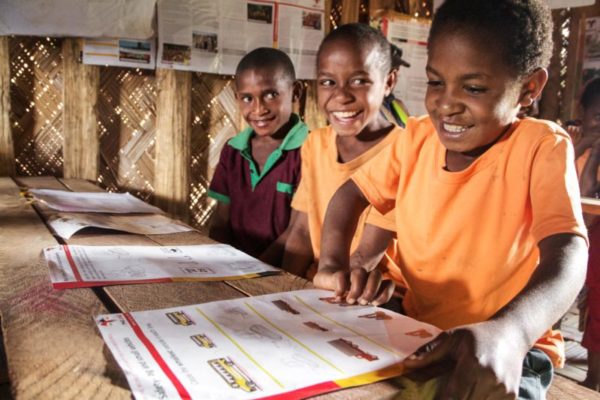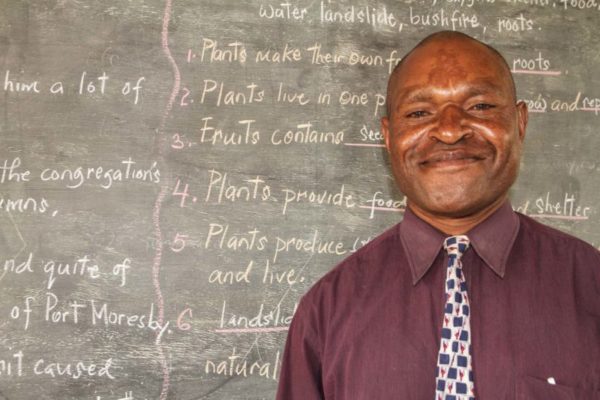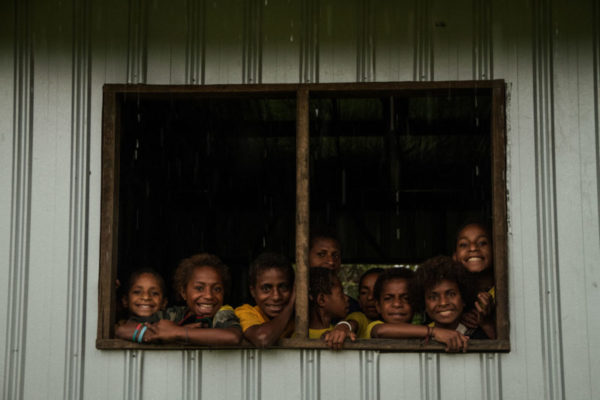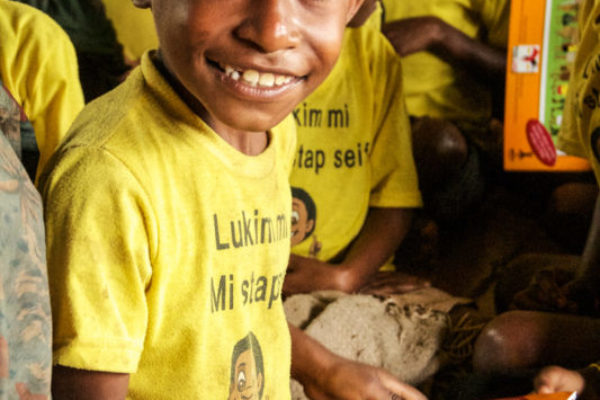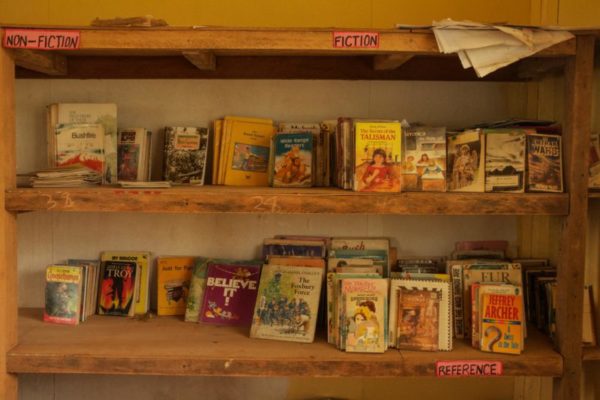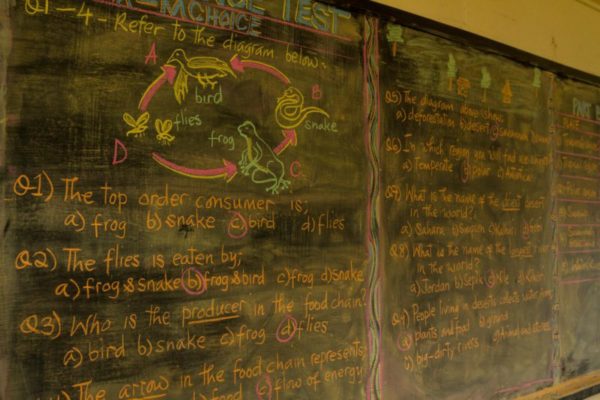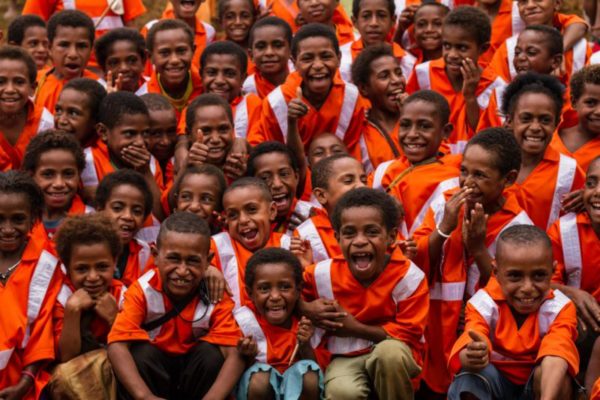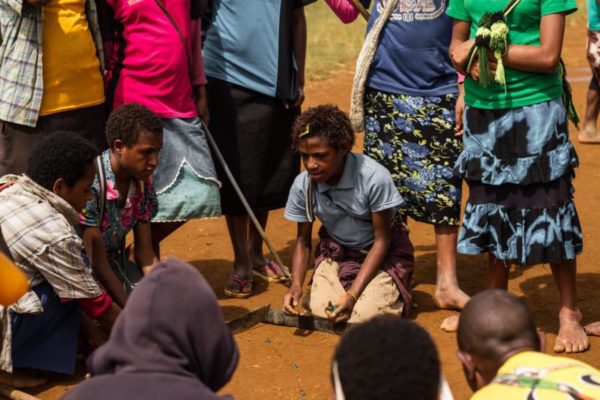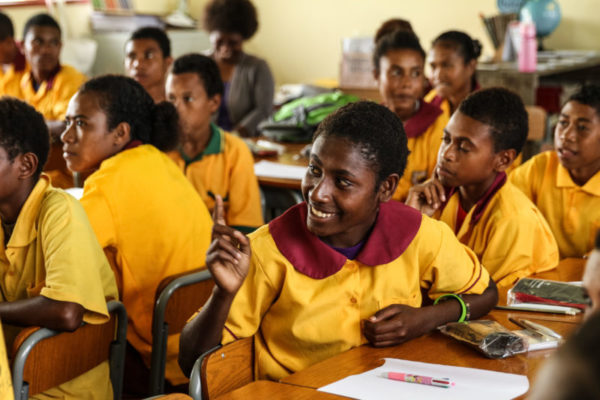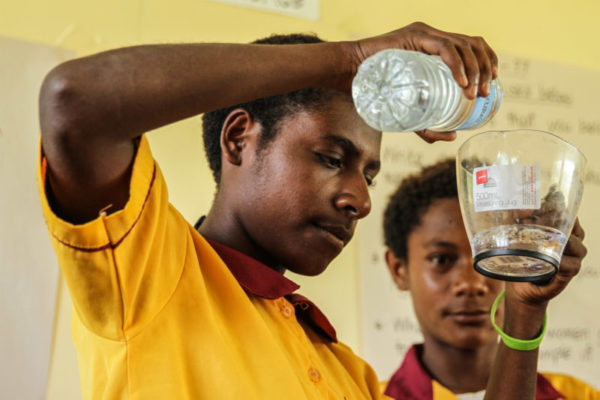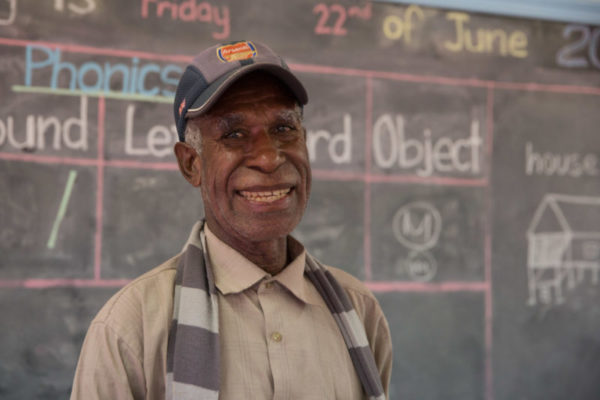Advancing Education in Papua New Guinea
One of the primary social development challenges in Papua New Guinea is access to education. With literacy at only 64%, Papua New Guinea has the lowest literacy rate in Oceania and approximately one third of the population is out of school and unemployed. While public education recently became free for all citizens, it is estimated that 10% of school-aged children do not even get a chance to enrol, and almost 50% of those who do enrol drop out before completing the sixth grade.
The challenges to achieving education are extensive. With more than 70% of the population living in rural areas, many of which are largely inaccessible and isolated, there are on-going challenges with classroom infrastructure, learning materials, and basic supplies. There is limited human capacity, with a shortage of skilled teachers and administrative support, and there are also cultural inequalities, particularly around the education of girls. Despite these challenges, there are remarkable initiatives across the country that support the advancement of education, driven by empowered, local people hoping to make a long-lasting difference in their community.
